Explore Design and Simulation Tools and Technologies

NVIDIA Cosmos
NVIDIA Cosmos™ is a platform comprising state-of-the-art generative world foundation models, advanced tokenizers, guardrails, and an accelerated video processing pipeline built to accelerate the development of physical AI systems such as autonomous vehicles and robots.
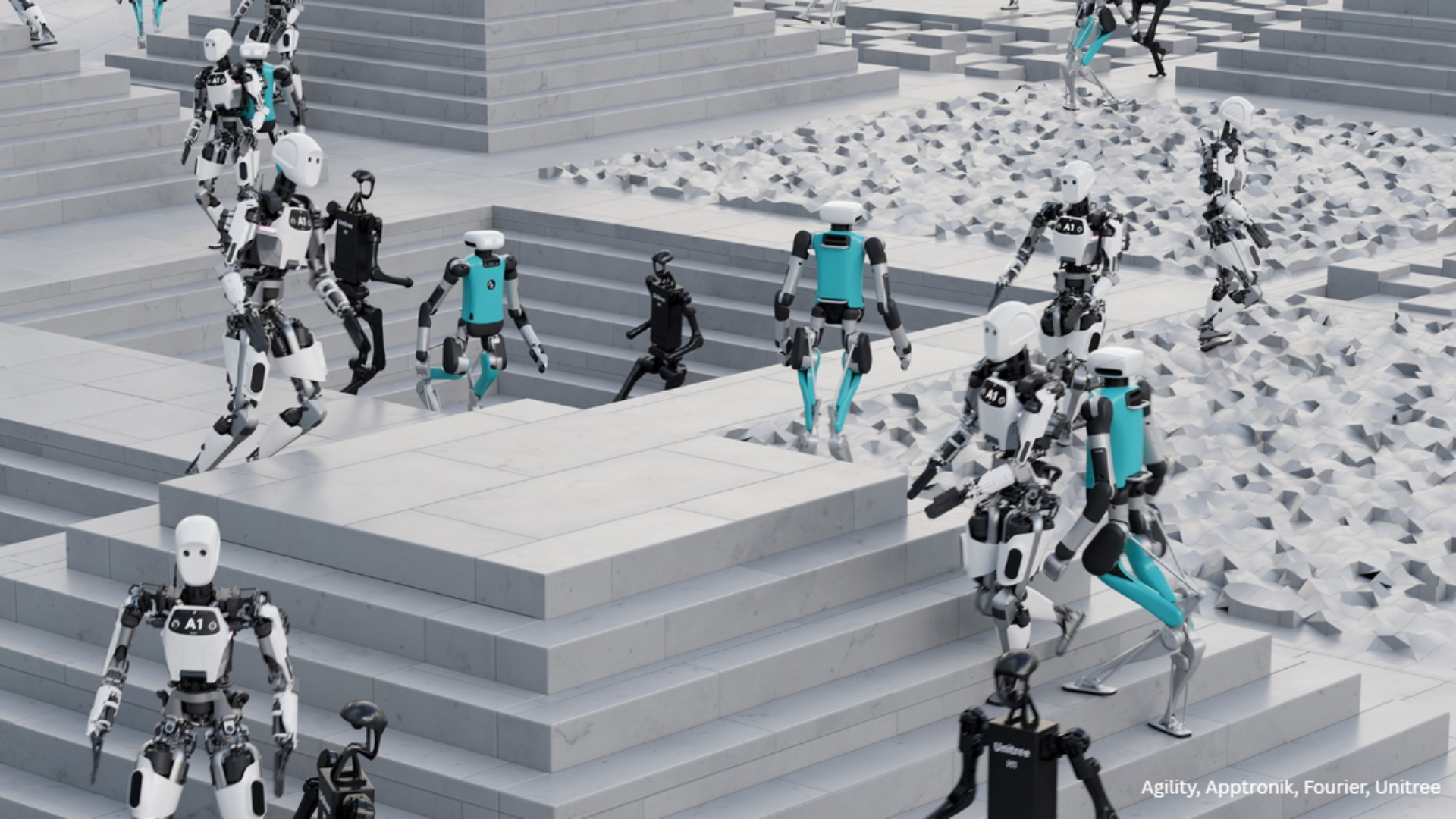
NVIDIA Isaac
The NVIDIA Isaac™ robotics platform delivers the NVIDIA® CUDA®-accelerated libraries, application frameworks, and AI models you need to create autonomous mobile robots (AMRs), arms and manipulators, humanoids, and more.
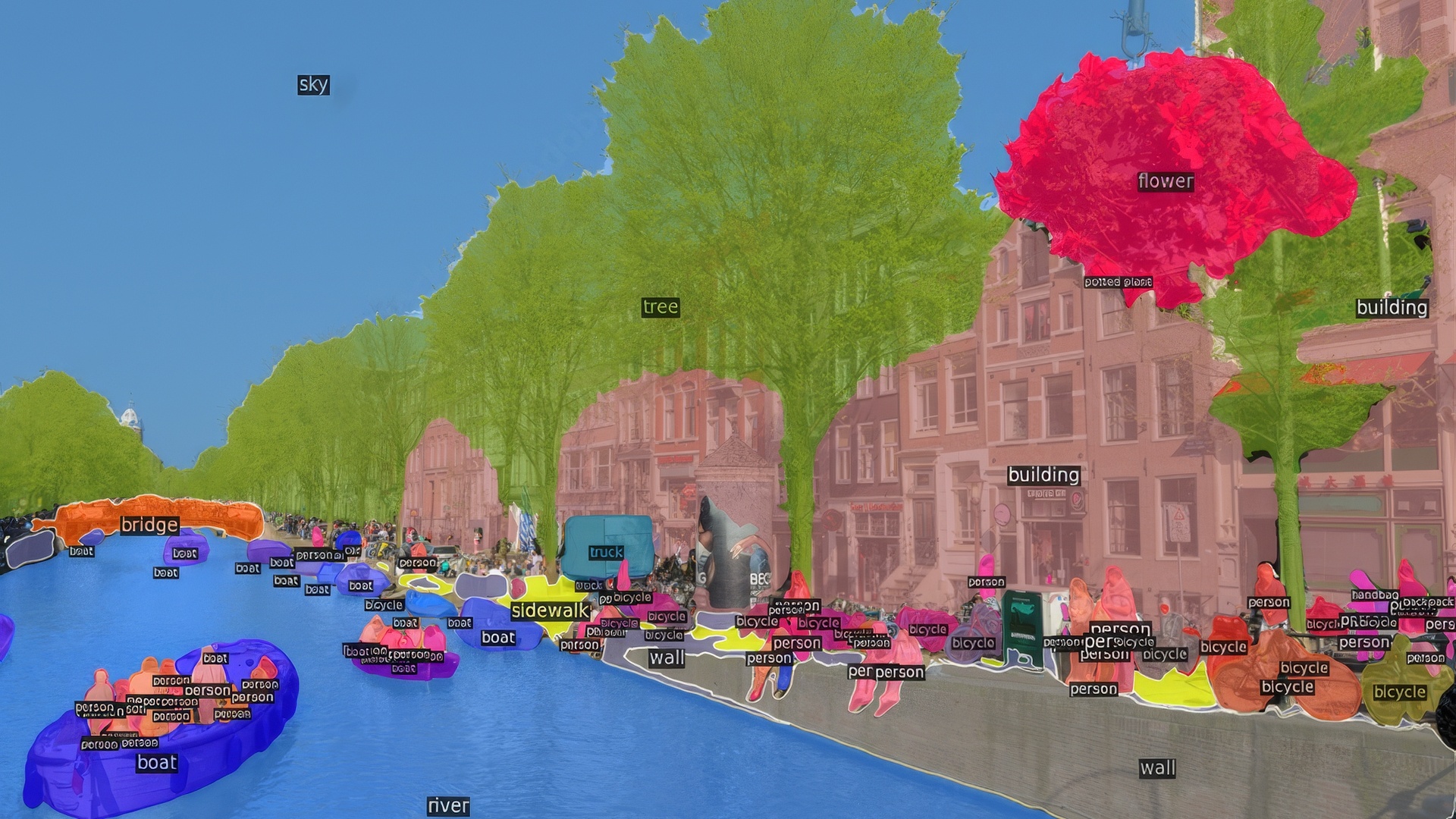
NVIDIA Metropolis
Discover an advanced collection of developer workflows and tools needed to build, deploy, and scale vision AI agents and applications, from the edge to the cloud.
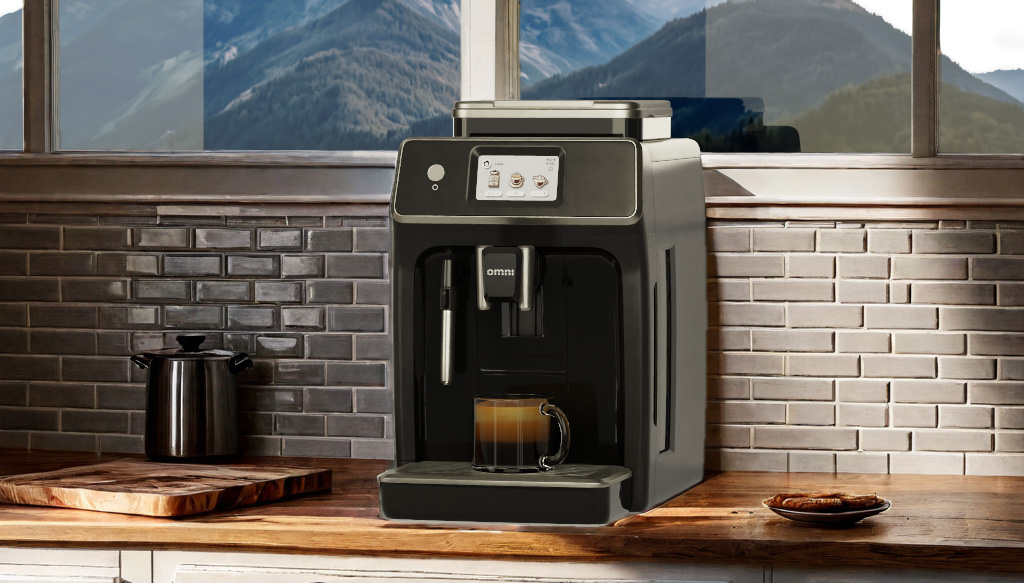
NVIDIA Omniverse
The Omniverse platform provides developers with the building blocks—developer tools, APIs, WFMs, and microservices to bridge data silos, connect teams in real time, and create physically accurate world-scale simulations.
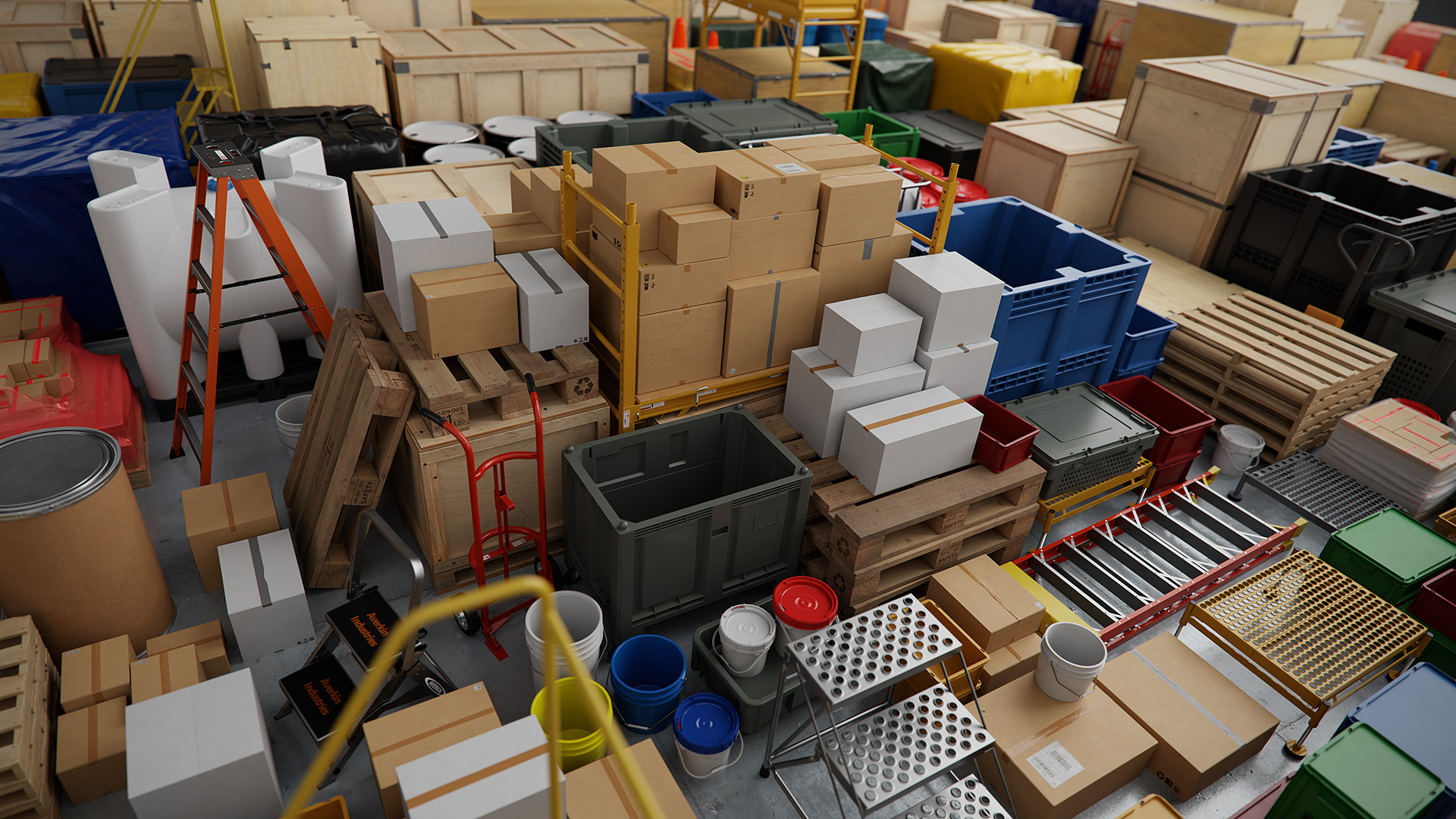
SimReady Assets
SimReady, built on Universal Scene Description (USD), are physically accurate 3D objects that encompass accurate physical properties, behaviors, and connected data streams to represent the real world in simulated digital worlds.
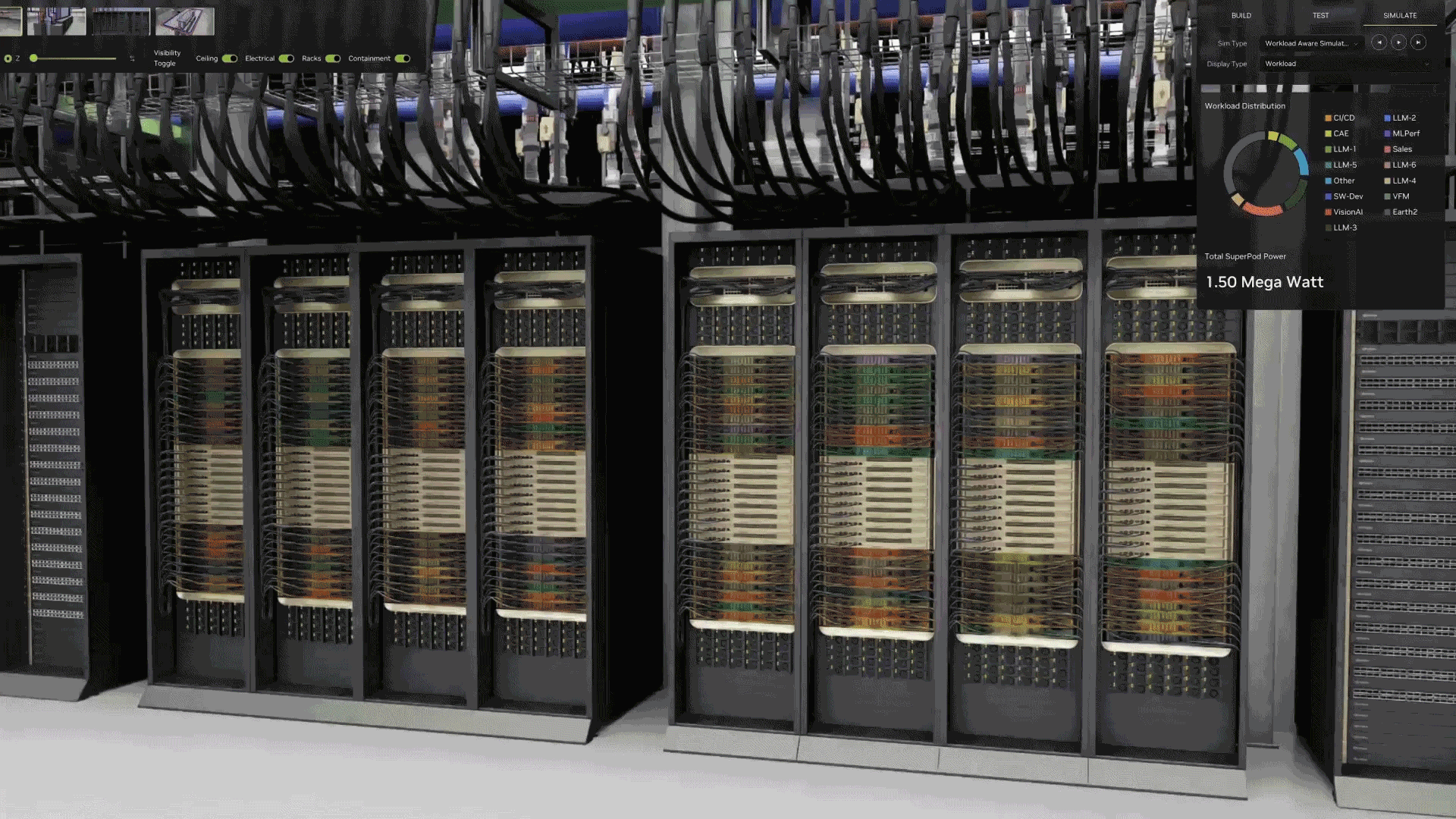
Universal Scene Description (OpenUSD)
Developed by Pixar Animation Studios, OpenUSD is an open-source framework for creating, simulating, and collaborating in 3D worlds. OpenUSD is foundational to NVIDIA Omniverse™.
Explore Design and Simulation Use Cases
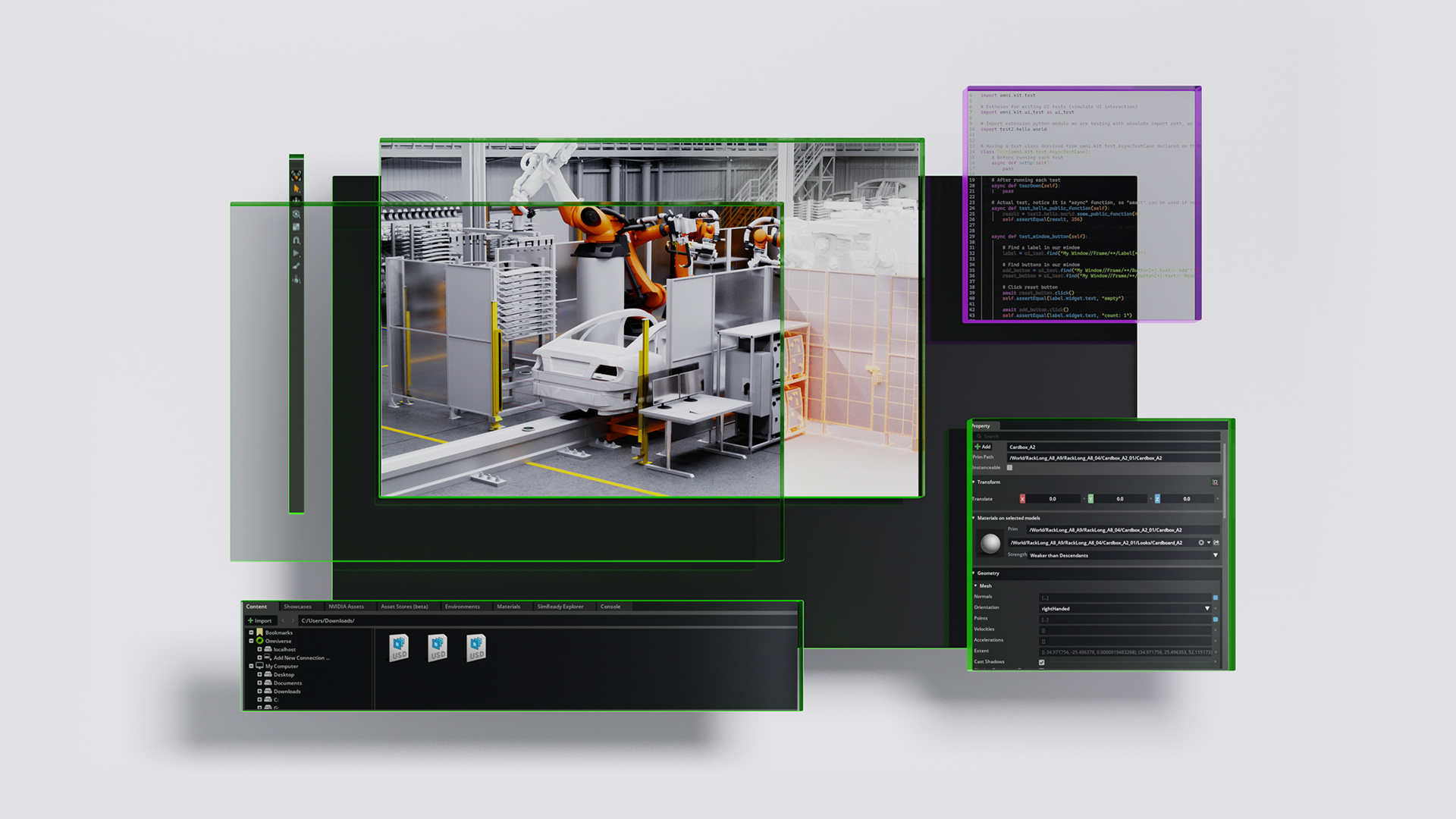
Learn About Design and Simulation Solutions
Digitalization, through the creation of digital twins, will let enterprises design and simulate their physical processes before constructing a physical replica. This process accelerates the design and review process and increases efficiency while reducing costs. When 3D simulations are connected to the physical world using Universal Scene Description (OpenUSD), companies can continuously operate and optimize their digital and physical twins through real-time, AI-enabled monitoring.